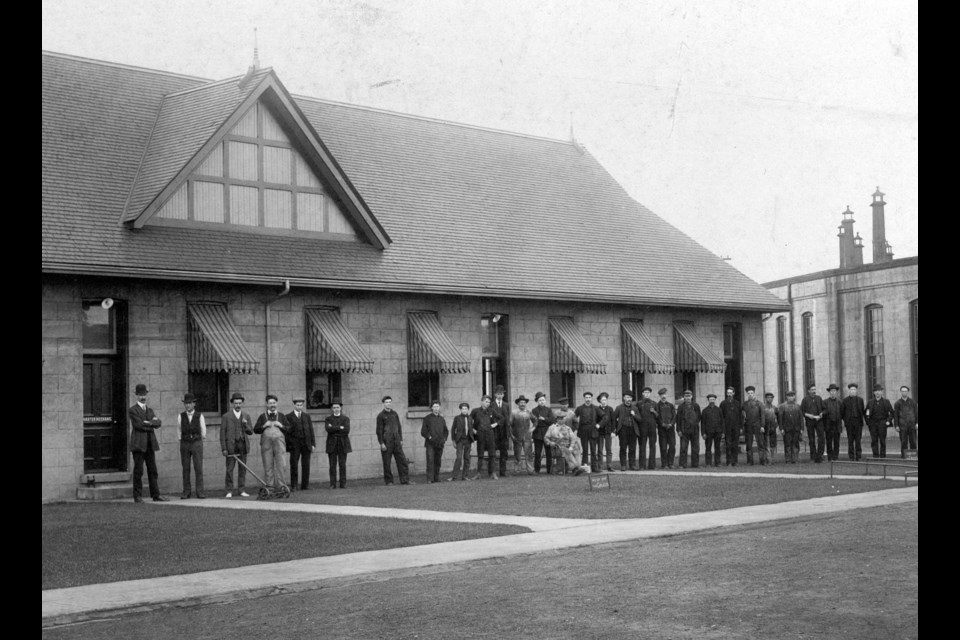History abounds within the walls of the Southshore Centre.
The large meeting room of the Lakeshore Drive facility looks over Kempenfelt Bay and the building also houses Tourism Barrie, the Barrie Rowing Club and the Barrie Canoe and Kayak Club.
It also represents the heyday of the railroad in Barrie and Allandale — at one time there were more than 16 kilometres of track along the local waterfront — and is recognized for its heritage value by the City of Barrie.
Originally known as the master mechanic and stores department building, it is associated with the Allandale operations of the Grand Trunk Railway and is the only rail equipment servicing building remaining on the waterfront site.
Since the railway first reached Allandale near Barrie in 1853, the area has been a divisional point for rail service between eastern and western Canada, according to local historian Brad Rudachyk.
Barrie and Allandale were two separate communities, and Barrie wanted the railway to come into the town.
It wasn’t until 1865 that they got what was called the Barrie Switch.
“Allandale came to life, if you like, with the arrival of what would become the Northern Railway in 1853 that then went on to Collingwood in 1855,” Rudachyk says. “That was the first major railway in Canadian history, the old Ontario Simcoe and Huron United Railroad Company, later known as the Northern and ended as part of the Grand Trunk Railroad, which became part of the CNR in the 1920s.
“After Allandale was annexed by Barrie, it became Ward 6 and was known as the Railway Ward," he adds. "The history of Allandale is absolutely intertwined with the railway.”
Today, the Allandale area is designated as Ward 8.
The master mechanic's building was part of a sprawling rail facility that included the massive roundhouse — which was 332 feet in diameter and the site of what is now the Military Heritage Park — as well as repair shops, a fuelling depot and more.
“It was a main stopover for the refuelling and refitting of the trains and fully staffed. It was the geographical choice and they also had the infrastructure,” Rudachyk says. “By the early 1900s, they had the one route that went up through Barrie and on to Orillia and then they had the route that went to Collingwood.”
The enclave was a major service depot for steam locomotives and the mechanic's building was made of a relatively new building material for the era: poured concrete.
The park areas around Kempenfelt Bay — including the Southshore Centre — which are enjoyed by so many people all year long seem like they have been around forever, but that’s not the case, Rudachyk adds.



